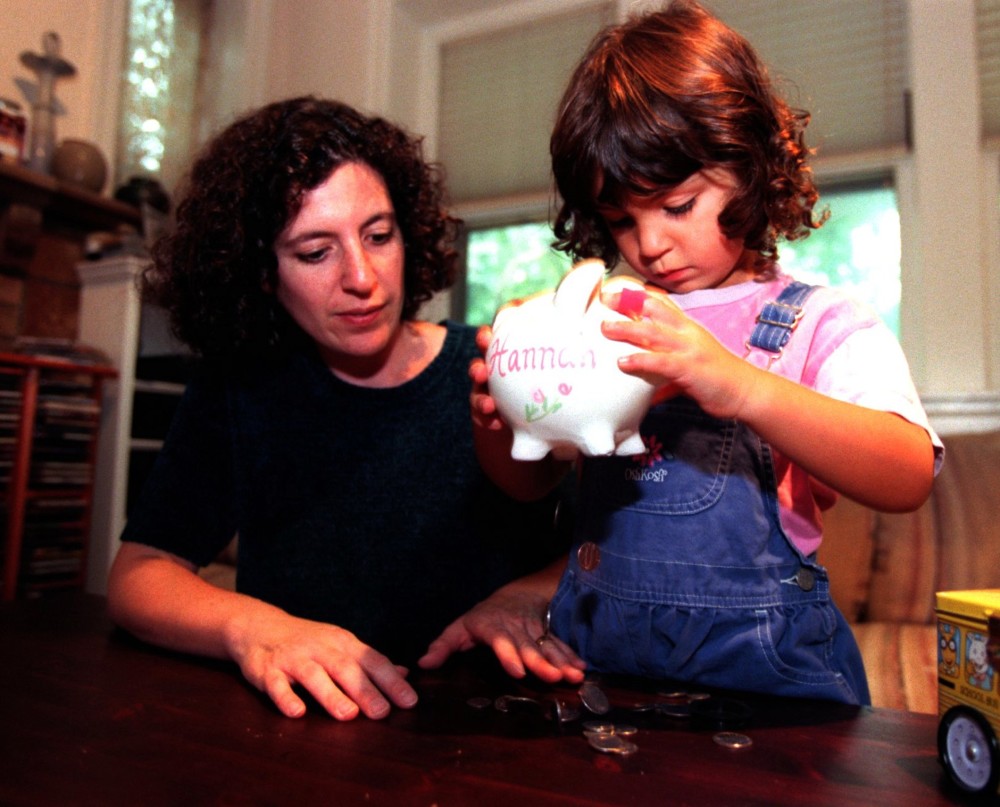By Sophia Bera
AdviceIQ.
If you lose your job tomorrow, do you have enough money to pay your rent next month? Bad things can happen. Start an emergency fund in three simple steps to cushion you in times of trouble.
Saving an emergency fund can sound like a daunting task. You may think you don’t even need one. But imagine if you had a serious emergency right now. How much is in your bank account? How can you afford an extra $1,000 obligation?
Emergency funds help protect you in case of any event, big or small: car repairs, your basement flooding or even a wild turkey in your living room. When an unexpected expense pops up _ somehow it always seems to be at the most inconvenient times, you have something to fall back on.
DECIDE HOW MUCH
You should have at least one month worth of your net pay saved in your emergency fund. Once you hit this goal, bump it up to three to six months. For couples who make similar incomes, I recommend about three months. But for people who are single or the sole breadwinner, you might want to aim for six months.
If you’re a contract employee whose income is less stable, you should save a little more to cover months when you earn less. You should also focus on saving more if you have dependents or planning on adding to your family. Your emergency fund should be able to cover a large deductible or co-pay in case of a family hospitalization.
SELECT AN ACCOUNT
The key to an emergency fund is accessibility. Cash, savings accounts, money market accounts and high-yield savings accounts are all liquid, accessible and extremely low-risk, but some options are better than others.
Money market accounts typically offer a higher interest rate, meaning your money grows faster than in a typical savings account. True, the return is just a fraction of 1 percent, but better than nothing. In addition, you can withdraw and write checks from your money market account, making it very accessible. A high-yield savings account is very similar.
If you don’t feel comfortable housing your money anywhere else but your local credit union savings account, keep it there.
buy premarin generic buy premarin online no prescription
The bottom line is you want to be able to access your emergency fund quickly when you need it.
SET UP DIRECT DEPOSIT
The most effective way to save for your emergency fund is by setting up automatic withdrawal from your checking account. Consider starting out with $100 a month and increasing from there if you can. One of my favorite tips is to change your direct deposit at work, sending a portion of your paycheck directly to your savings account. If you don’t see it, you don’t spend it.
Remember, you don’t have to fully fund an account all in one go. Save what you can, even if it’s small, but prioritize your goals so that your emergency fund receives the most attention.
Having an emergency fund allows you to ward off financial catastrophe without draining other accounts, interrupting progress on other financial goals or forcing you into debt. It’s the best tool to help you build financial security and, eventually, independence.
___
ABOUT THE WRITER
Sophia Bera is the founder of Gen Y Planning and is the top Google search for “Financial Planner for Millennials.”
She writes for AdviceIQ, which delivers quality personal finance articles by both financial advisors and AdviceIQ editors.














































































































































































































































































































































































